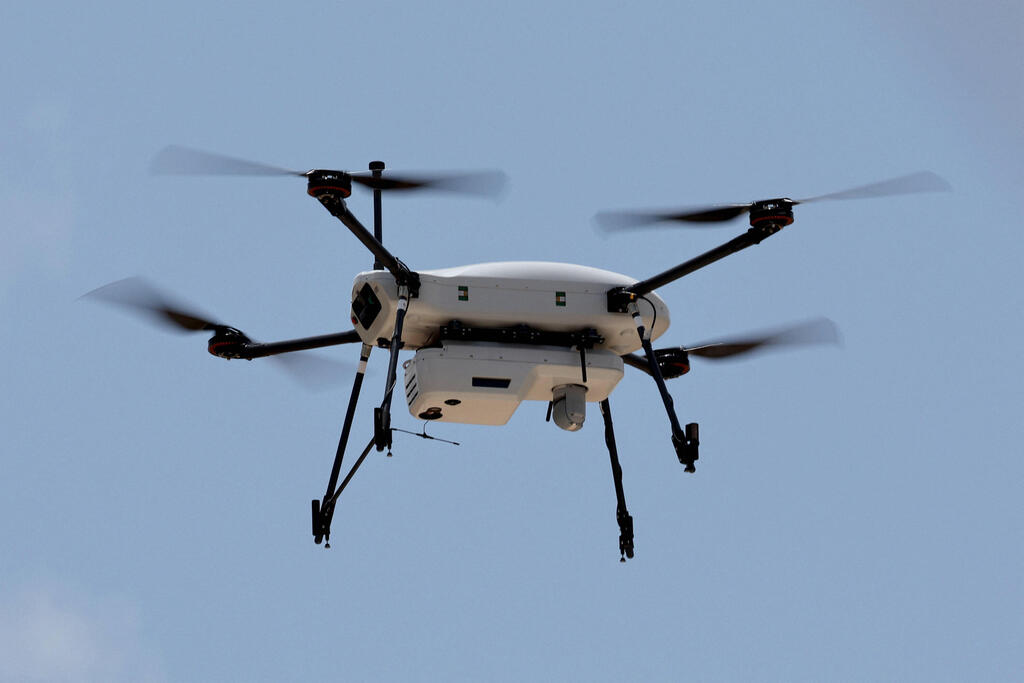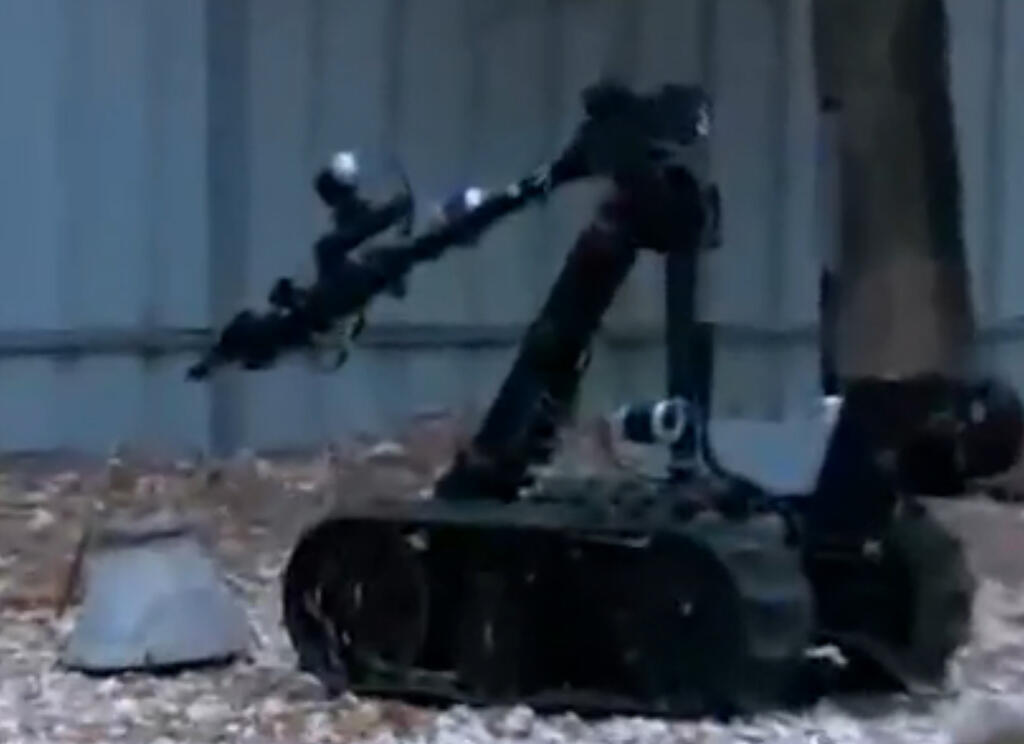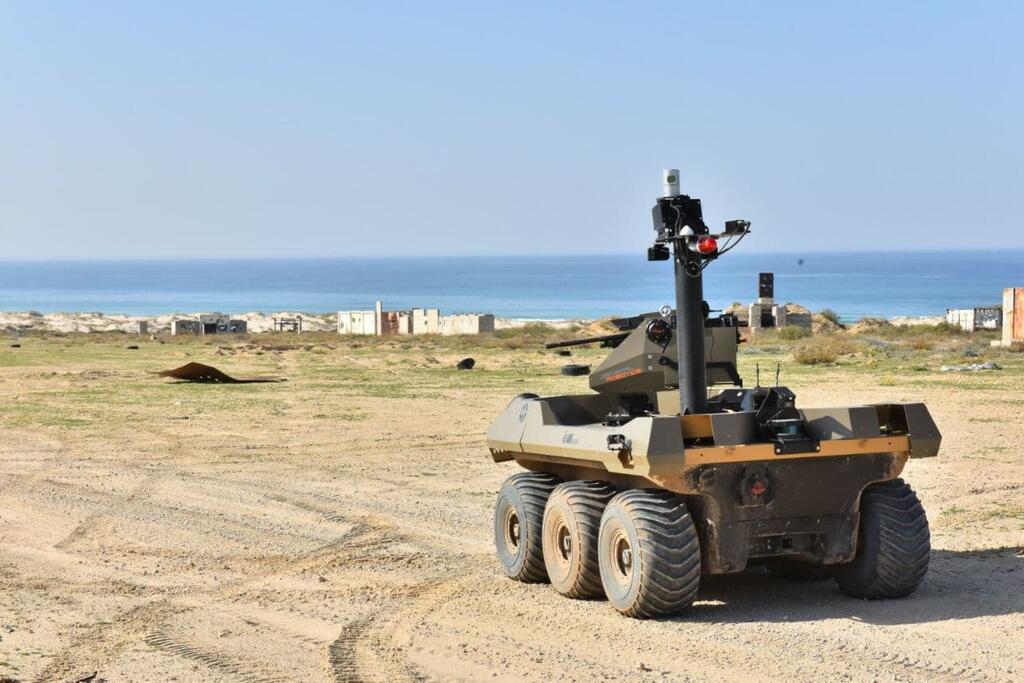Modern wars are characterized by asymmetric warfare, cyberattacks and hybrid threats, which have created new technological imperatives for defense industries. As traditional battlefields expand to encompass cyberspace, unmanned aerial vehicles (UAVs) and autonomous systems, the demand for innovative solutions capable of navigating these complex terrains has surged dramatically.
Several technologies have successfully transitioned from civilian to security applications in response to these emerging challenges. One notable example is Artificial Intelligence (AI), adapted to enhance situational awareness, predictive analytics and autonomous decision-making in combat scenarios. Companies specializing in AI-driven solutions have collaborated with industries to develop advanced algorithms capable of processing vast amounts of data immediately, enabling more effective responses to dynamic and unpredictable threats.
Similarly, drone technology has undergone a significant transformation, evolving from recreational and commercial applications to becoming indispensable assets on the modern battlefield. Defense contractors and tech companies have joined forces to develop sophisticated UAVs equipped with advanced sensors, stealth capabilities, and autonomous navigation systems, revolutionizing reconnaissance, surveillance and targeted strike operations.
Moreover, cybersecurity technologies have transitioned from protecting corporate networks and personal data to defending national infrastructures and critical assets against cyberattacks and information warfare. As cyber threats become increasingly sophisticated and pervasive, technology companies have adapted their cybersecurity solutions to safeguard military communications, command and control systems, and intelligence networks from digital adversaries.
4 View gallery


Drones used recreationally but also for battlefield solutions
(Photo: JACK GUEZ / AFP)
Additionally, advances in robotics and autonomous systems have been leveraged to enhance force protection, logistical support and medical evacuation capabilities on the battlefield. From unmanned ground vehicles (UGVs) capable of detecting and neutralizing explosive devices to autonomous drones delivering medical supplies to remote locations, robotics technologies are reshaping the operational landscape of modern warfare.
The convergence of these technologies reflects a broader trend whereby the boundaries between civilian and military domains are becoming increasingly blurred. As defense industries harness the innovative potential of technology companies to address the multifaceted challenges of contemporary warfare, the distinction between products designed for civilian and security applications is becoming less defined.
4 View gallery


Engineering Corps' UGV to find explosives and tunnels
(Photo: IDF Spokesperson's Unit)
However, this convergence also raises ethical, legal and regulatory considerations that must be addressed proactively. As technology companies adapt their products and technologies for defense applications, it is essential to uphold principles of accountability, transparency and human rights to ensure responsible innovation and ethical use of emerging technologies.
In conclusion, the wars of recent years have catalyzed a transformative shift in the relationship between technology industries and defense sectors, driving innovation and adaptation across a range of technologies from AI and drones to cybersecurity and robotics. As technology continues to play a pivotal role in shaping the future of warfare, collaboration between technology companies and defense industries will be crucial to developing advanced solutions capable of meeting the complex challenges of modern conflict.
By embracing this convergence and navigating the associated challenges responsibly, we can harness the power of technology to safeguard national security, protect civilian populations and promote peace and stability in an increasingly complex and interconnected world.
The writer is the dean of the Faculty of Computer Science at the College of Management and a researcher in the field of artificial intelligence




